Covered in history
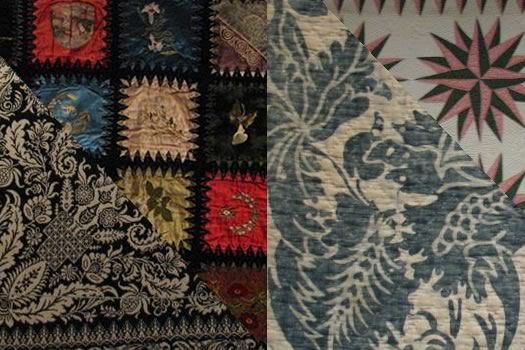
The objects of history can take many forms: artifacts, paintings, sculptures, devices, even blankets.
Yep, blankets.
The Albany Institute opens a new exhibit these weekend that highlights the museum's collection of textiles -- specifically quilts, coverlets, and bed hangings -- from the 18th, 19th, and 20th centuries. And while that might sounds a bit... sedate? ... we were struck during an early peek at the exhibit this week how much the quilts served as a media to communicate ideas, desires, and identity. They were like the Pinterest boards of the 1700s.
Here are a handful of photos from the exhibit, along with a quick Q&A with the institute's chief curator about quilts as social media, the evolution of the bedroom, and why textiles need their rest.
Photos
They're above in large format -- click or scroll all the way up.
Q&A
With Doug McCombs, chief curator at the Albany Institute of History and Art.
One of these things I took away from this exhibit is that they're not just blankets -- they're a medium, a way of communicating ideas. So when we look at these items, what are some of the ideas that we can hear or see people say?
Well, you're absolutely right. I speak about these as a large canvas for displaying sentiment for a particular period. They're a way for an individual to express political allegiance or support for a particular candidate.
This one coverlet over here, it has on the backside a religious saying on it. It's for Ann Ladow. It says: "Anna Ladow, honor your God." She was looking at her coverlet everyday to be inspired by her religion. It was a way to keep her in line and remind her of things.
But some of these around the room also talk a lot about the desire to find what is out there around the world that we can't see. You know, many of these come from a period in the 17- and very early 1800s when exploration and contact with China, with India, is really taking hold. The people who are buying these textiles are very interested in kind of learning about that strange land on the other side of the globe. so these textiles are their way of kind of connecting. It speaks about travel. It talks about these luxury goods that are coming in from these other countries. In that way they become status symbols, a way for them connect and show status by having these luxury items.
So all of these pieces in this exhibition tell another story. And it's really looking at the designs, looking at the patterns that we see here that can tell us a little bit about the people who owned them, and really a little bit more about the time period in which they're living.
Seeing some of the influences for these quilts, and seeing how they represented, say, interest in China at the time, or in botany, or these others things, it reminded me of Pinterest boards today. The same way that people put these things up on Pinterest boards as inspiration, or as things that you like, or as a way of communicating these things about our self.
That's a great way of thinking about it. They are like these Pinterest boards or kind of social media, it's a way of showing others.
And it's kind of interesting the use in the bedroom. The bedroom was changing during this period. They were not quite the private rooms that we know today. They were becoming more so in the 1800s. But like this set of bed hangings from the 1740s, in that period often times beds were on the first floor, or in a room that was used not just as a bedroom but as a gathering spot. You would entertain in your bedroom. So that right there was something that you would see, that your guests would see, that other family members would see. Again, it was that board to show your connection to something else.
When people think of the sort of items that museums have, they probably thinking of stuff like statues and paintings, things like that. They probably don't think about thing that are, essentially, blankets. How extensive is the Albany Institute's collection of these types of items?
This is just a sampling of our collection. We have about 35,000 objects in the collection -- and that does include paintings, drawings, sculpture -- but we have things like bed covers, furniture, ceramics. Textiles, unfortunately because of the nature of the dies and the fragility of the fibers, they're one of those kind of things that museums can't exhibit for long periods. Even with low light levels, even with climate control in our galleries, you really shouldn't exhibit fabrics for more than a few months at a time, and then they should go back into storage for a rest period.
So, the last time we did a textile exhibition with our coverlets and quilts was probably about 30some years ago. We've had a few pieces exhibited now and then in different exhibitions, but to kind of do a larger sampling like this, it's been a while. So it was time. It's a way for us to show the public more of our collections.
This interview has been edited and condensed.
____
"Undercover: Revealing Design in Quilts, Coverlets, and Bed Hangings" runs at the Albany Institute through March 8.
The Albany Institute advertises on AOA.
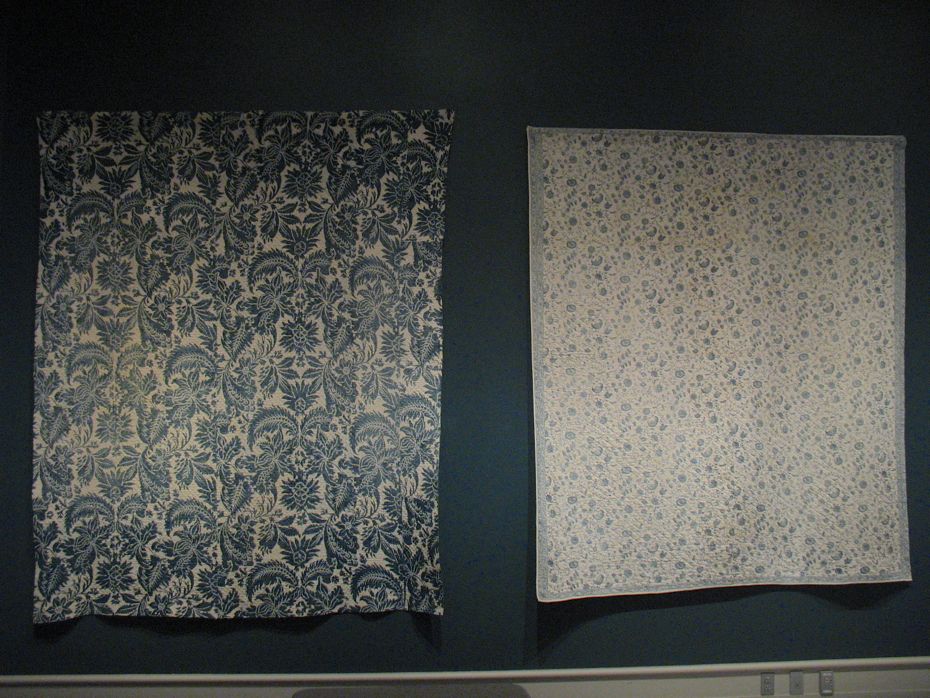
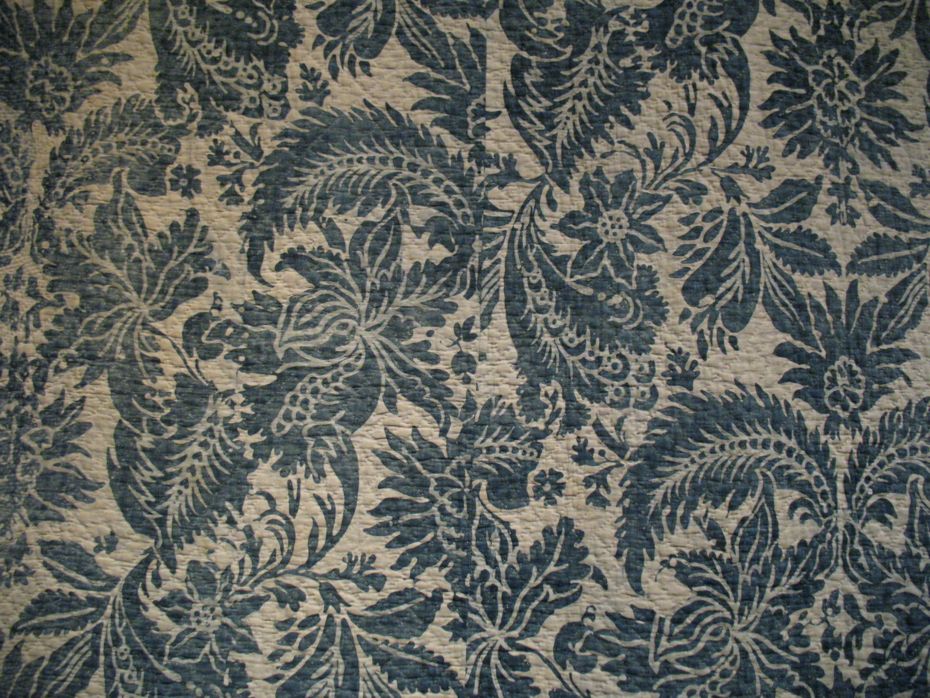
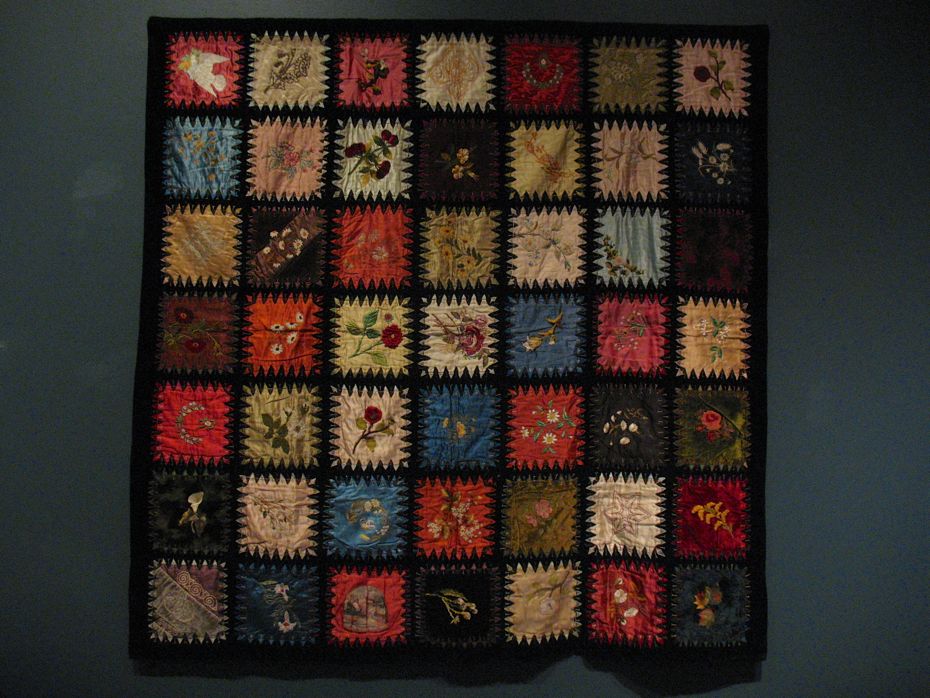
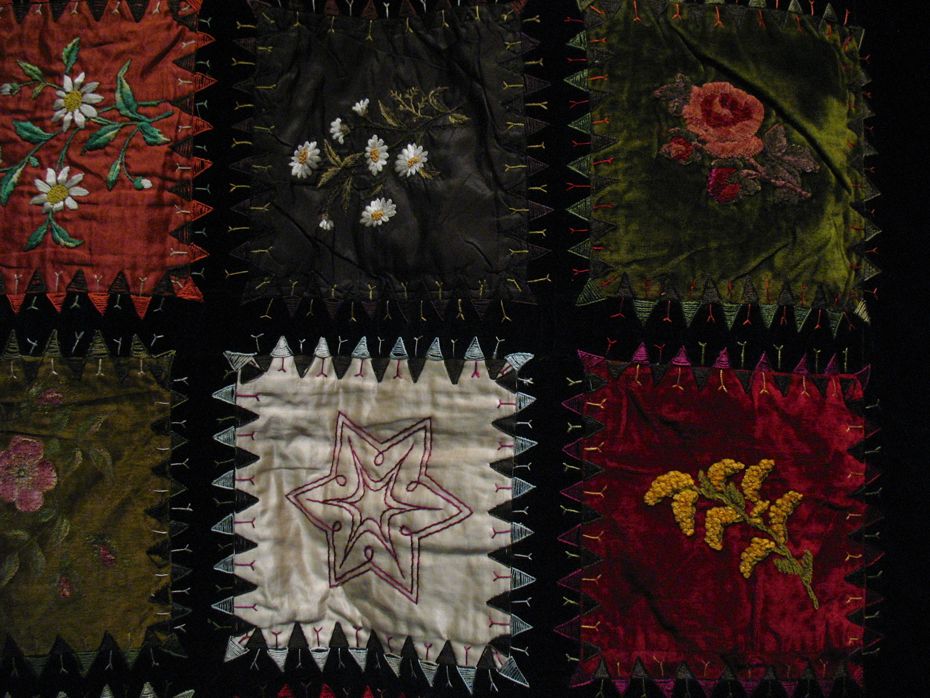
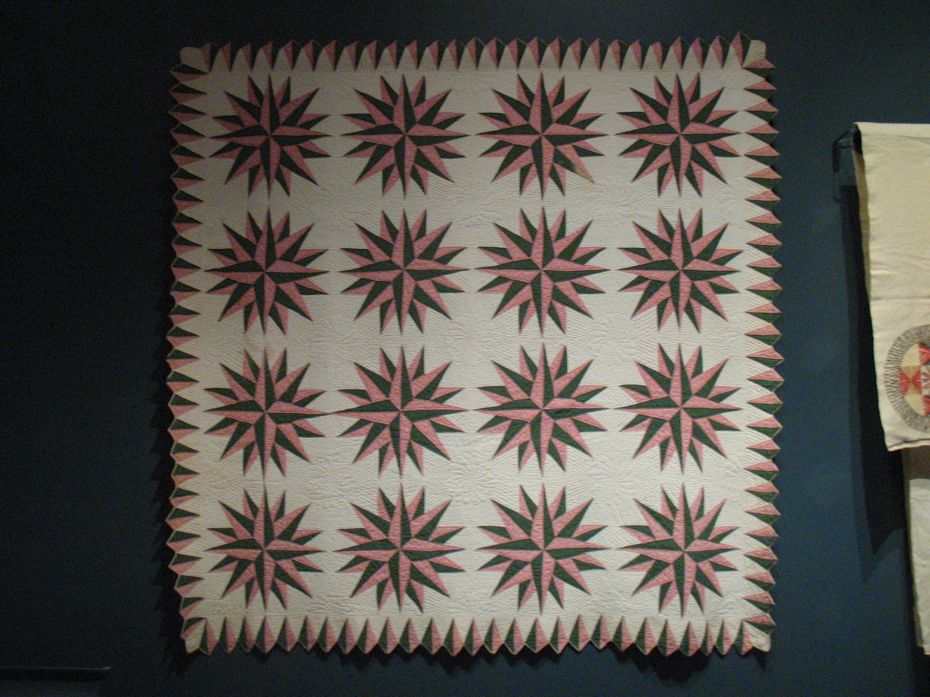
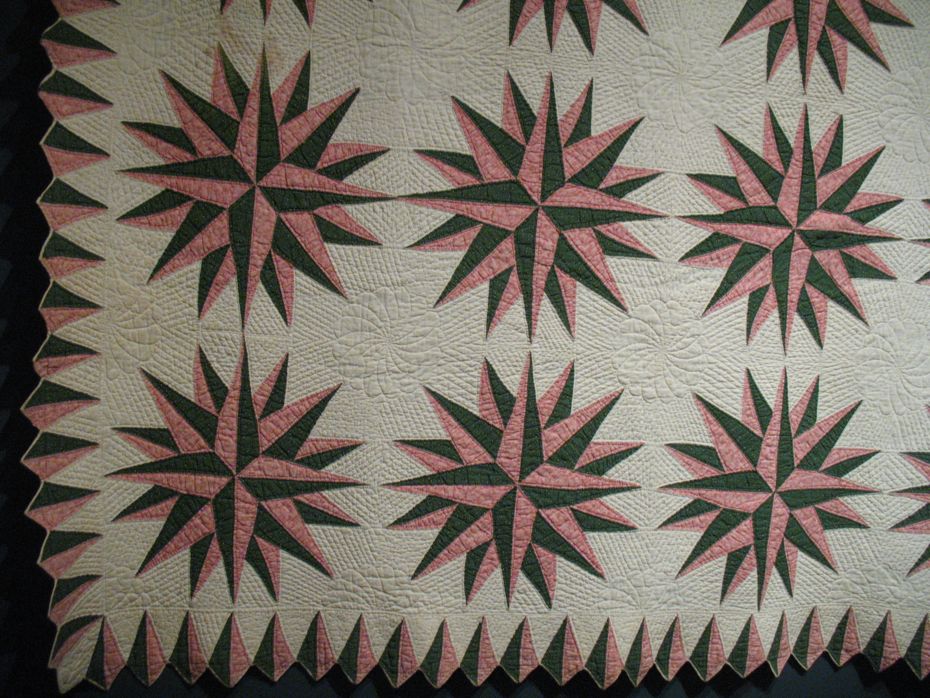
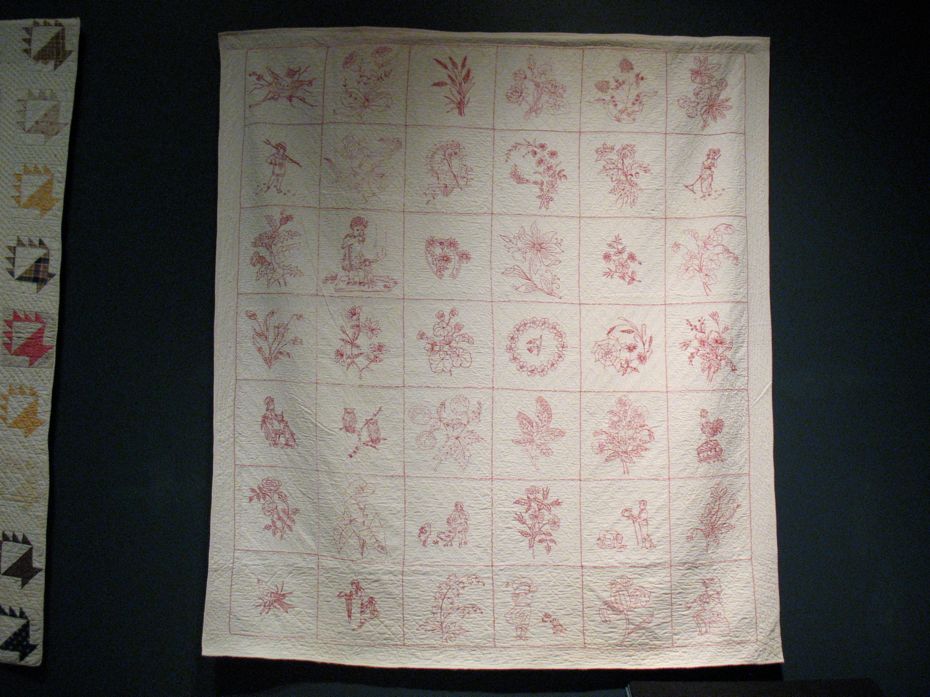
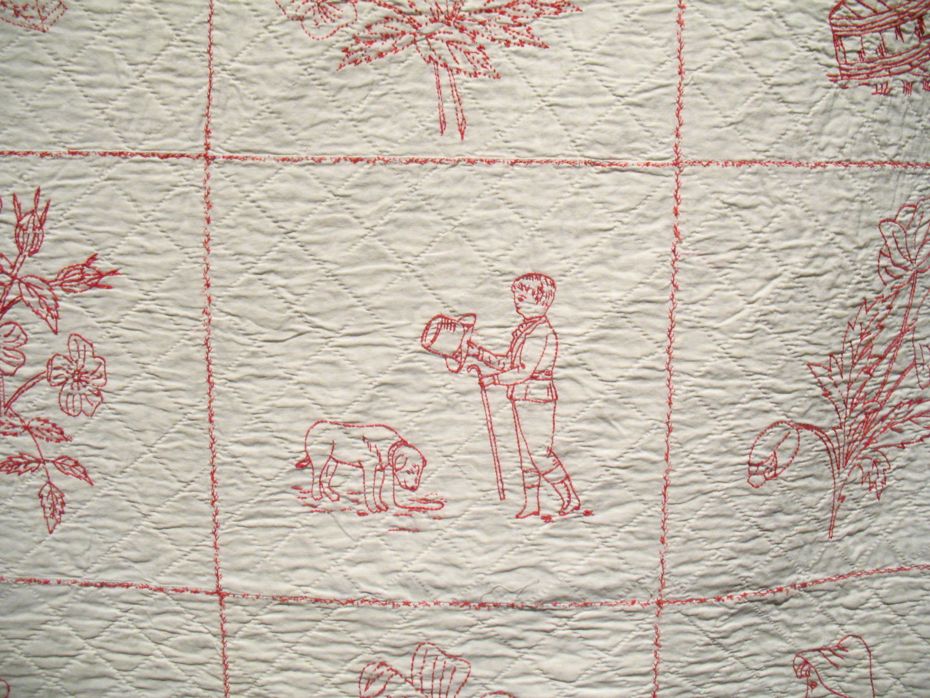
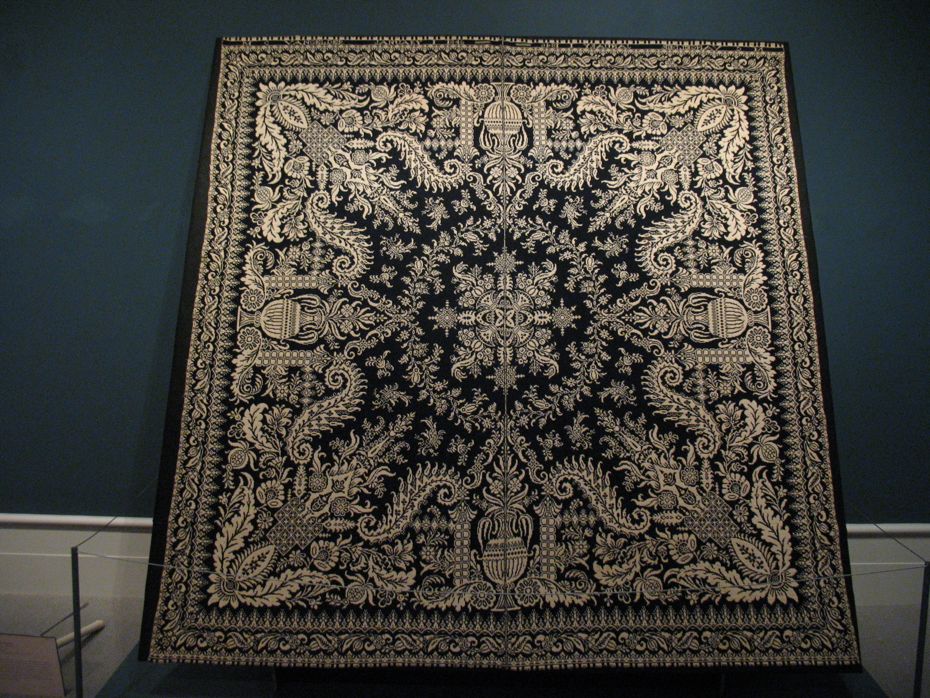
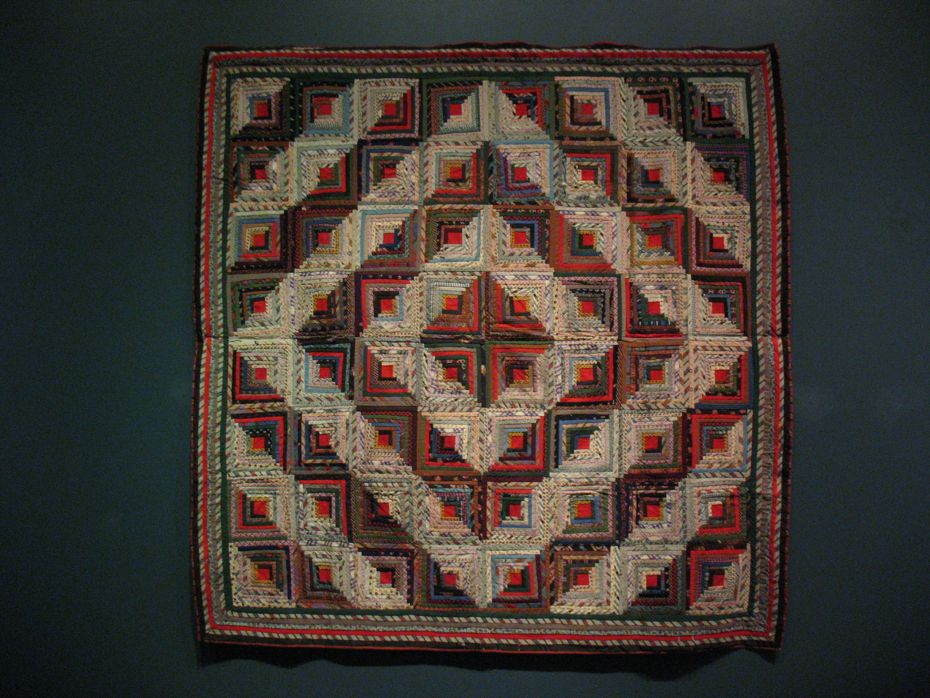
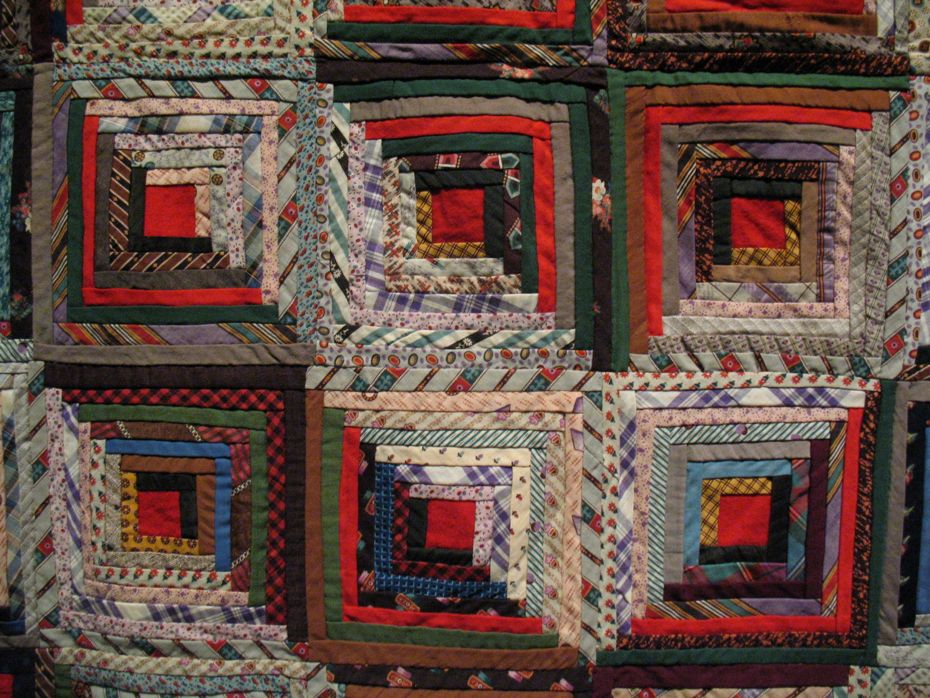
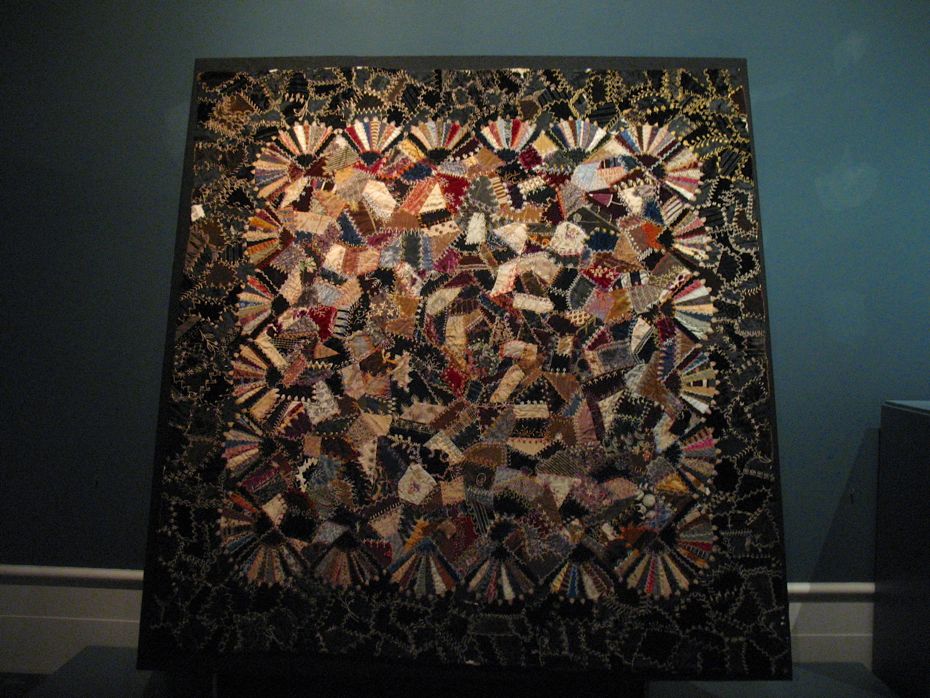
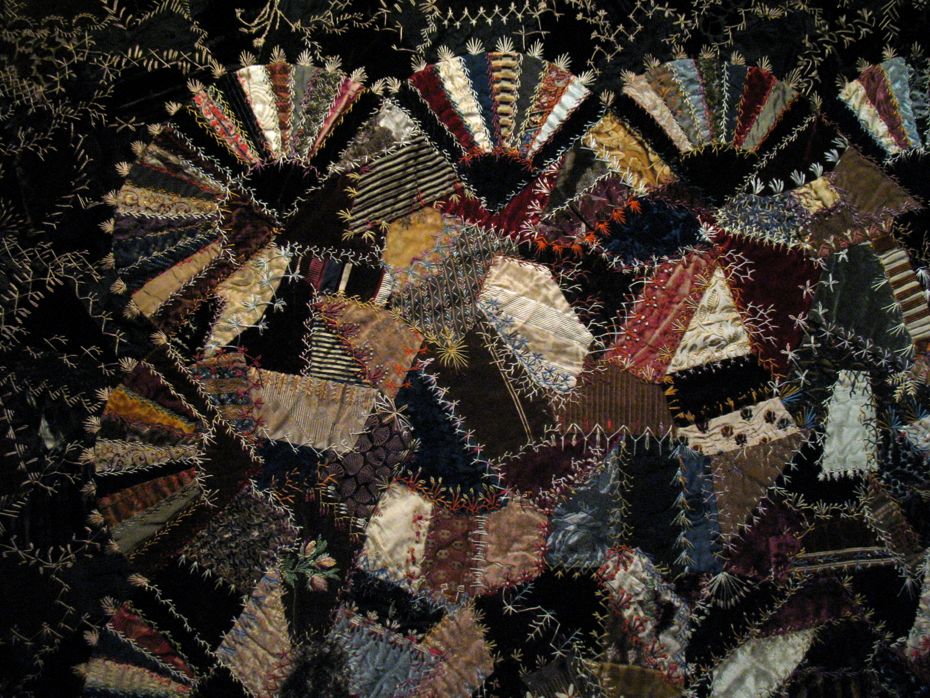
... said KGB about Drawing: What's something that brought you joy this year?